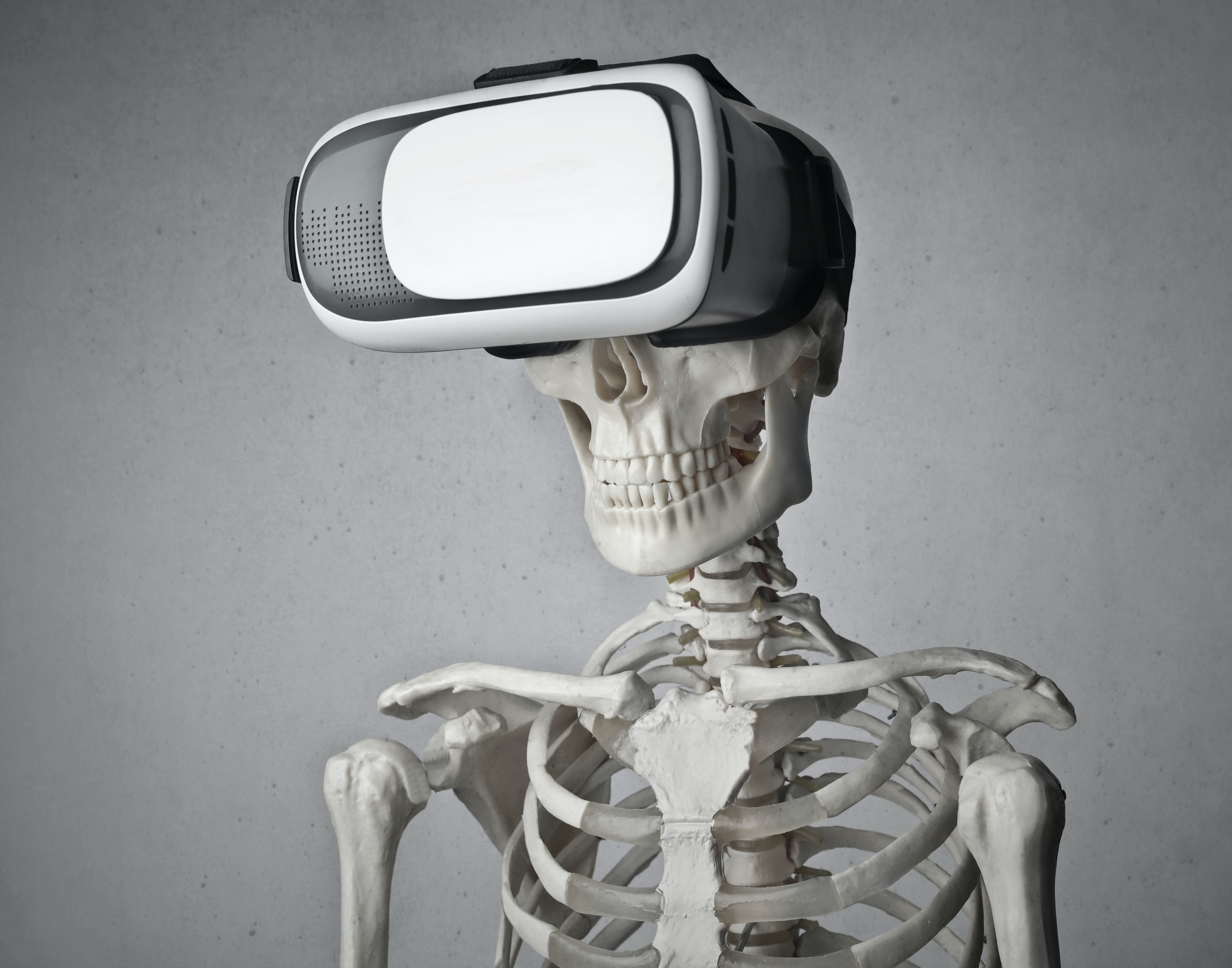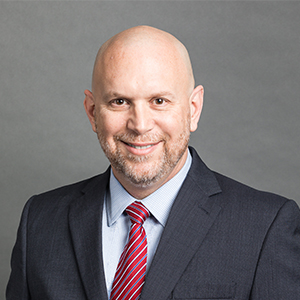
As the threat of COVID rears its ugly head once again to threaten our abilities to visit our favorite restaurants, beaches, and attractions, some cities are starting to reintroduce mask mandates. Most recently, as a response to the Delta Variant, the mayor of Savannah, Georgia, reintroduced mask mandates similar to last winter and early spring, regardless of vaccination status. "I know the question will come - are we effectively punishing those who did the right thing and took the vaccine? And the answer is yes, we probably are," Mayor Van R. Johnson, II said.
Earlier this week, a Canadian-based startup Luxsonic landed class 2 medical
clearance, which would allow radiologists in Canada to use virtual reality for
diagnostic radiology. This virtual reality suite named, SieVRt will enable
Canadian clinicians to use a VR headset to view images in 3D. With this
technology, radiologists will be able to view patients' x-rays remotely. Before
the launch, Luxsonic launched a basic education program on the SieVRt because
that did not necessitate Canadian regulatory clearance.
With the
successful clearance in Canada, Luxsonic expects FDA clearance in early 2022,
allowing US-licensed radiologists to work remotely.
Also, this week a
study published in the "Journal of the American College of Radiology*" assessed the
feasibility of point-of-care virtual radiology consultation. Based on 43
enrolled patients, 40 answered (93%) that they were satisfied with the virtual
visit with their radiologist. Of the total number of enrolled patients, 88% (38
of 43) stated that they had a better understanding of their medical condition
because of the virtual consultation, and 91% would be happy for future virtual
consultations for similar conditions.
Similarly, the physicians involved
in the research study were even more satisfied with the virtual consultations,
with 42 of the 43 (97%) indicating that they were pleased with the
consults.
During the studies, special consideration was given to not
interfering with the provider's workflow. To accomplish this, the researchers
provided video and microphone enabled PACS stations within the hospital. The
result was that the entire virtual visit averaged 8 minutes, whereas the typical
traditional radiology workflow averages 5- 10 minutes to review
images.
Based on the success of this small-scale test, the researchers
will conduct a larger-scale study randomizing the types of cases. The more
extensive study will allow the researchers to assess the value of the virtual
consultations compared to the current standard of care.
So as the world
waits on the precipice of the potential societal shutdown to combat the latest
variant of COVID, hospitals may one day soon allow its' radiologists to avoid
the hospital and work remotely. By removing the radiologists from the hospital,
we can help protect those radiologists from the threat of the virus and allow
for shorter wait times for imaging results.









 ©
- CMS Imaging, Inc. All Rights
Reserved
©
- CMS Imaging, Inc. All Rights
Reserved

Comments
Leave a Comment